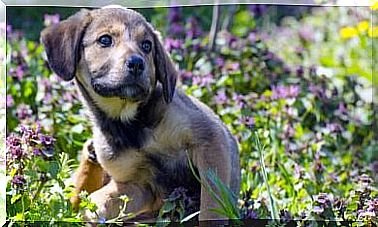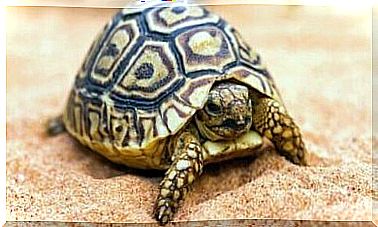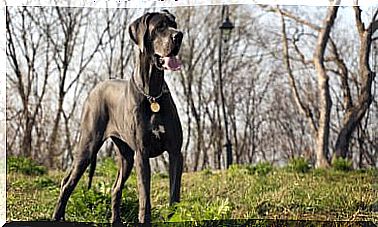Ecological Trap: Why Is It A Problem For Animals?
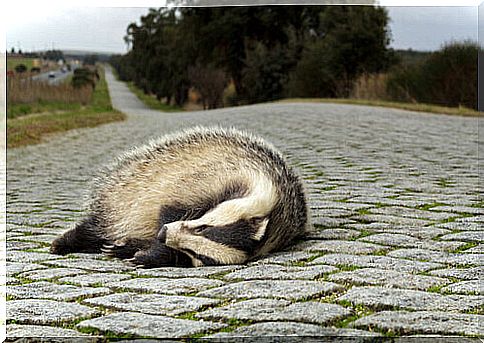
We talk about an ecological trap when animals consider a suitable place to live and reproduce, although in reality that area is not at all suitable for them. This concept can represent a serious problem for some species, as it drastically reduces their biological effectiveness without the knowledge of the populations.
What are ecological traps? Why do they exist? What can we do to protect animals and make sure they avoid them? We will answer these and many other questions in this article.
Ecological trap: a question of perception
An ecological trap is a deceptive habitat. It may seem like a fragment of an ecosystem suitable for the settlement of various animals, but in reality its characteristics prevent survival and reproductive success.
Animals are subject to their evolutionary history, shaped by natural selection. For this reason, they are able to detect some signals in nature that indicate that a habitat is suitable. For example, the presence of ancient trees attracts woodpeckers, while the open grasslands are the ideal habitat for many reptiles.
This habitat selection has been constant for millions of years, as species have developed inherited patterns of behavior from generation to generation. Most animals have been on the planet much longer than us and this is reflected in their genetics.
The problem arises when the action of the human being modifies nature to aggressively appropriate it. This change is so rapid that, on many occasions, species do not have time to adapt to changes and thus become victims of an ecological trap.
Examples of ecological traps
For example, birds of prey tend to stay on dry trees, from which they can observe the landscape in search of prey. Therefore, they will interpret any structure that allows them to observe their surroundings as suitable for perching.
This is why many birds of prey were electrocuted on the high voltage towers: they fell into the ecological trap of thinking it was a suitable habitat for them, not knowing that it was dangerous because of electricity. Ecological traps are like cheese in a mousetrap: under an attractive proposal there is a great danger.
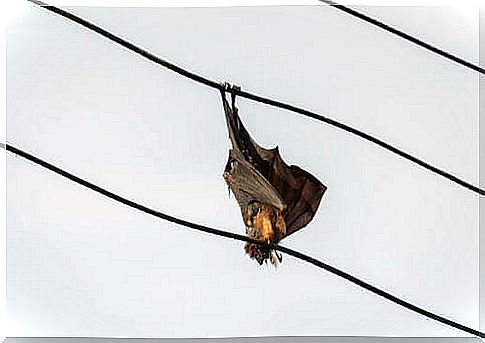
The importance of a quality habitat
As we have understood, ecological traps arise when animals cannot perceive the quality of the place. According to an article on the subject published in the journal Conservation Biology, if we compare the real quality of the habitat with that perceived by animals, we would have 4 types of habitats:
- Native habitat : this is a high quality habitat that is correctly perceived as good. Animals select it preferring it to others.
- Stop-gap habitat: it is not a very suitable habitat, but that animals identify as such. They choose to live there unless there is no other choice.
- Perception trap : in this case the opposite occurs to the ecological trap. The habitat is good, but the animal does not perceive it as such and does not settle there. The causes can be many, but it usually occurs when there is human intervention and the animal avoids it out of fear.
- Ecological trap : the habitat is bad but it is perceived as good. Such a mechanism is very dangerous, as animals will tend to live there driven by their biological instincts, but in the long run their reproductive capacity will suffer.
Ecological restoration and ecological trap
Sometimes, inadvertently, humans create real ecological traps even when they implement ecosystem restoration projects. It is important to keep in mind that when a habitat is restored, the presence of some species is improved at the expense of others.
An example of this was the restoration of forests in Israel. In this area, large areas have been reforested that previously had been dedicated to grazing, the habitat of an endangered lizard ( Acanthodactylus beershebensis ). With more trees, raptors have multiplied their presence in this area, which is clearly good for them, but terrible for this lizard.
Since there were more birds of prey, the lizard in question suffered a very high rate of predation which further threatened the survival of the species. This is because he was unaware of the ecological trap represented by the presence of trees in the grasslands.
Knowing the mechanisms governing habitat selection is a priority
As we have already said before, many times there is a discrepancy between the way animals choose where to live and the suitability of these places. Therefore, it is important to know the mechanisms governing habitat selection, especially when undertaking ecological restoration projects.
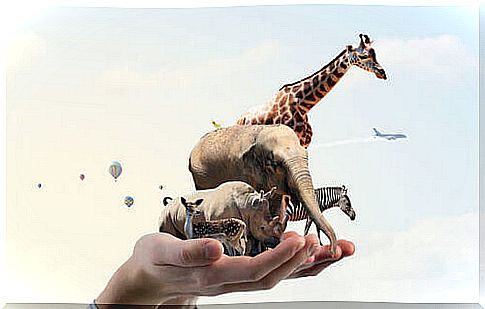
If the clues that lead animals to select a good habitat are present in the environmental restoration, it will be possible to attract them to one area rather than another. On the other hand, if animals perceive a place where man has settled as good, in some cases it is that they can settle there.
Likewise, if animals can be directed and pushed to avoid places that are harmful to them, they will save themselves from the effect of the ecological trap. This can be achieved through deterrents and strategies, in the same way that scarecrows prevent birds from eating crops.
Ecological traps are a major problem for many animals because they push them to live in low quality areas that are reproductive dead ends and reduce their chances of survival. If we can find an effective way to select areas suitable for individual species, we could prevent them from being attracted to dangerous places that only threaten their survival.

